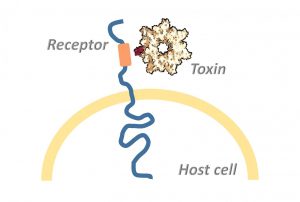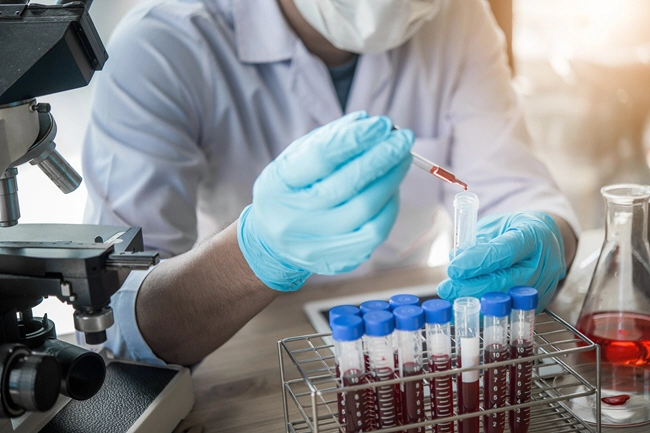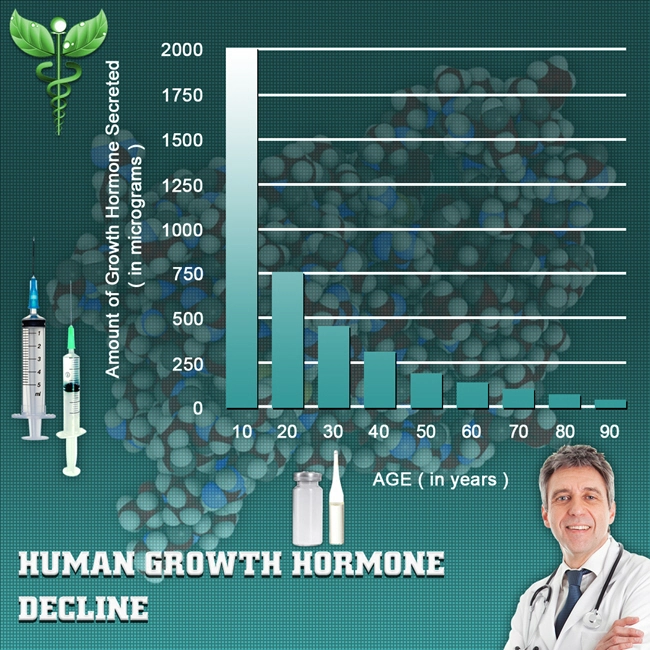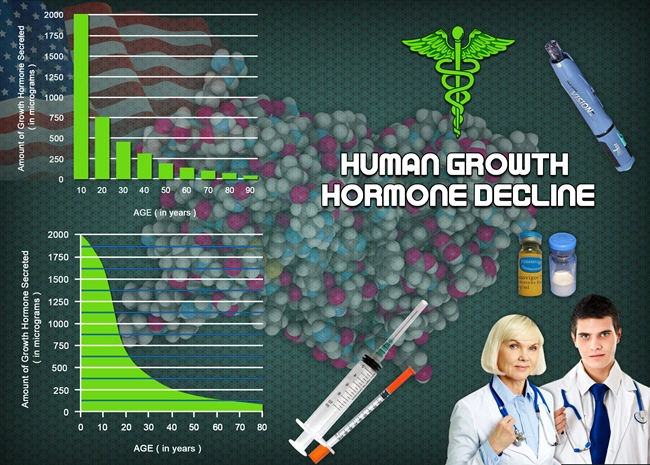
Video Link: https://vimeo.com/280093016
Video Download: Click Here To Download Video
Video Stream: Click Here To Stream Video
An international team that includes scientists at Georgia Health Sciences University believes it might know why some lung damage and deaths from pneumonia  occur after antibiotics appear to have cleared the lungs of the bacteria, and it might have found a “shocking” treatment to defeat it, one researcher said.
occur after antibiotics appear to have cleared the lungs of the bacteria, and it might have found a “shocking” treatment to defeat it, one researcher said.
Pneumonia is the leading cause of infectious death in children younger than five worldwide, claiming more than 1.5 million victims each year, according to the Centers for Disease Control and Prevention.
In the U.S., it mainly afflicts the elderly. Despite vaccines and antibiotics, pneumonia caused more than 50,000 U.S. deaths in 2009, according to the CDC.
The antibiotic treatment might be partly to blame for a curious phenomenon in which patients develop severe lung disease from fluid building up in the lungs even though the bacteria have been wiped out, said Rudolf Lucas, an associate professor in GHSU’s Vascular Biology Center.
There is usually a substantial barrier between the tiny lung air sacs and the capillaries of the blood stream to facilitate the exchange of oxygen.
In pneumonia, however, the wall can become disrupted, allowing fluid to fill the sacs and interrupting oxygen exchange.
“In the case of pneumonia, these problems are the primary cause of death,” Lucas said, and the only treatment then is ventilation.
The international team, which includes 1977 Nobel laureate Andrew V. Schally of the University of Miami, zeroed in on a bacterial toxin called pneumolysin.
 The virus’s release is aided by the destruction of the bacteria and leads to a disruption of the air sac’s barriers so that it “mostly makes holes in cells,” Lucas said.
The virus’s release is aided by the destruction of the bacteria and leads to a disruption of the air sac’s barriers so that it “mostly makes holes in cells,” Lucas said.
The toxin also seems to turn off the sodium channels that pump sodium -- and fluid with it -- out of the sacs into the circulation, he said.
“So it not only induces the problem, it leads to a dysfunction of the systems we have in place to solve the problem,” Lucas said.
The team produced the effect in mice and human lung cells in the lab.
It also focused on the way to potentially counteract the force in a surprising area. The team looked at Growth Hormone-Releasing Hormone which, in the brain, induces the pituitary to release Growth Hormone.
Receptors for the hormone have also been found in other parts of the body, including lung cells.
“Why would a brain hormone control the permeability of the lungs?” Lucas said.
Working with a chemical that mimics the hormone, the researchers prevented the fluid buildup in mice and human lung cells and restored the sodium pump’s function.
The agent they were using cannot be patented, but Schally has devised another that seems to work better. The team is pursuing funding to begin testing its effects in hopes of continuing clinical trials, Lucas said.
“We are planning indeed to develop this into therapy,” he said.
The findings were published in the Proceedings of the National Academy of Sciences.
Contact us for a FREE, no-obligation discussion concerning the benefits of growth hormone restoration.
References
https://www.sciencedaily.com/releases/2017/09/170905123247.htm
https://www.ncbi.nlm.nih.gov/pmc/articles/PMC3277580/
Contact Us Today For A Free Consultation
Dear Patient,
Once you have completing the above contact form, for security purposes and confirmation, please confirm your information by calling us.
Please call now: 1-800-380-5339.
Welcoming You To Our Clinic, Professor Tom Henderson.

- New Research on Hormone Replacement Therapy [Last Updated On: December 29th, 2024] [Originally Added On: March 12th, 2021]
- LCN2 Hormone Suppresses Hunger and Stops Cravings! [Last Updated On: January 27th, 2025] [Originally Added On: April 7th, 2021]
- Melatonin: The Body's Master Clock [Last Updated On: December 27th, 2024] [Originally Added On: April 8th, 2021]
- The Importance of Luteinizing Hormone [Last Updated On: December 28th, 2024] [Originally Added On: April 11th, 2021]
- Andropause From The Wikipedia Encyclopedia [Last Updated On: December 29th, 2024] [Originally Added On: April 12th, 2021]
- Finally Explained: The Mysterious Pineal Gland [Last Updated On: December 28th, 2024] [Originally Added On: April 30th, 2021]
- Hormone Therapy May Help Cut Alzheimer's Risk [Last Updated On: November 24th, 2024] [Originally Added On: May 18th, 2021]
- Androgel : Men Getting Their Mojo Back! [Last Updated On: June 3rd, 2024] [Originally Added On: May 21st, 2021]
- HGH Secretagogue [Last Updated On: November 24th, 2024] [Originally Added On: May 22nd, 2021]
- Hormone Replacement Therapy Safe, Study Suggests [Last Updated On: June 8th, 2024] [Originally Added On: May 24th, 2021]
- The HGH Recommended Medical Dosage - The Importance of Blood Work [Last Updated On: November 24th, 2024] [Originally Added On: May 25th, 2021]
- Act Now to Prevent the Increasingly Common Condition of Hypothyroidism [Last Updated On: September 22nd, 2024] [Originally Added On: June 21st, 2021]
- A Toxic Hormone is Altering the Sex and Reproduction of Aquatic Life in United States Streams [Last Updated On: November 24th, 2024] [Originally Added On: August 16th, 2021]
- New Research: Cognitive Therapy Could Reduce Menopausal Hot Flashes [Last Updated On: November 23rd, 2024] [Originally Added On: August 16th, 2021]
- Heart Benefits From Hormone Replacement Therapy? [Last Updated On: November 22nd, 2024] [Originally Added On: August 18th, 2021]
- Risks of Hormones in Early Menopause Challenged [Last Updated On: November 21st, 2024] [Originally Added On: August 24th, 2021]
- Comprehensive Hormone Replacement Therapy with Tesamorelin [Last Updated On: May 29th, 2024] [Originally Added On: September 18th, 2021]
- Early Hormone Replacement Therapy May Lower Alzheimer Risk [Last Updated On: November 14th, 2024] [Originally Added On: October 25th, 2021]
- Stimulate HGH: Growth Hormone Secretagogue: Sermorelin Acetate [Last Updated On: November 20th, 2024] [Originally Added On: October 25th, 2021]
- Growth Hormone Therapy Reverses Biological Age In Groundbreaking Study [Last Updated On: November 11th, 2024] [Originally Added On: October 25th, 2021]
- Estrogen HRT May Reduce Breast Cancer Risk [Last Updated On: November 9th, 2024] [Originally Added On: October 26th, 2021]
- Hormone Replacement Therapy is Safe [Last Updated On: November 15th, 2024] [Originally Added On: October 26th, 2021]
- The Benefits of IGF-1 [Last Updated On: November 10th, 2024] [Originally Added On: October 26th, 2021]
- Insulin-Similar Growth Factor Benefits [Last Updated On: November 16th, 2024] [Originally Added On: October 26th, 2021]
- Growth Hormone Dosage [Last Updated On: November 8th, 2024] [Originally Added On: October 26th, 2021]
- Growth Hormone Sprays [Last Updated On: November 7th, 2024] [Originally Added On: October 26th, 2021]
- The Best Ways to Boost Growth Hormone [Last Updated On: November 13th, 2024] [Originally Added On: October 26th, 2021]
- Growth Hormone Explained [Last Updated On: November 17th, 2024] [Originally Added On: October 26th, 2021]
- What Men Need To Know About Testosterone And Growth Hormone [Last Updated On: November 5th, 2024] [Originally Added On: October 26th, 2021]
- Growth Hormone and Gene Therapy [Last Updated On: November 6th, 2024] [Originally Added On: October 26th, 2021]
- Growth Hormone and the Law [Last Updated On: November 4th, 2024] [Originally Added On: October 27th, 2021]
- Growth Hormone and the Hypothalamus Gland [Last Updated On: November 3rd, 2024] [Originally Added On: October 27th, 2021]
- Growth Hormone and Testosterone Replacement Therapy [Last Updated On: January 2nd, 2025] [Originally Added On: October 27th, 2021]
- An Introduction to Growth Hormone [Last Updated On: November 1st, 2024] [Originally Added On: October 27th, 2021]
- General Physician Versus Hormone Specialist – Some Symptoms Require a Specialist to Heal [Last Updated On: August 5th, 2024] [Originally Added On: March 18th, 2022]
- Hormone Impacts And Function Of HGH [Last Updated On: December 20th, 2024] [Originally Added On: July 10th, 2022]
- Cheaping Out on HGH Therapy – JUST DON’T DO IT [Last Updated On: August 18th, 2024] [Originally Added On: July 12th, 2022]
- Slow Aging with Growth Hormone [Last Updated On: June 18th, 2024] [Originally Added On: July 17th, 2022]
- Hormone Therapies: How They Have Evolved and Are Evolving [Last Updated On: August 9th, 2024] [Originally Added On: February 10th, 2023]









